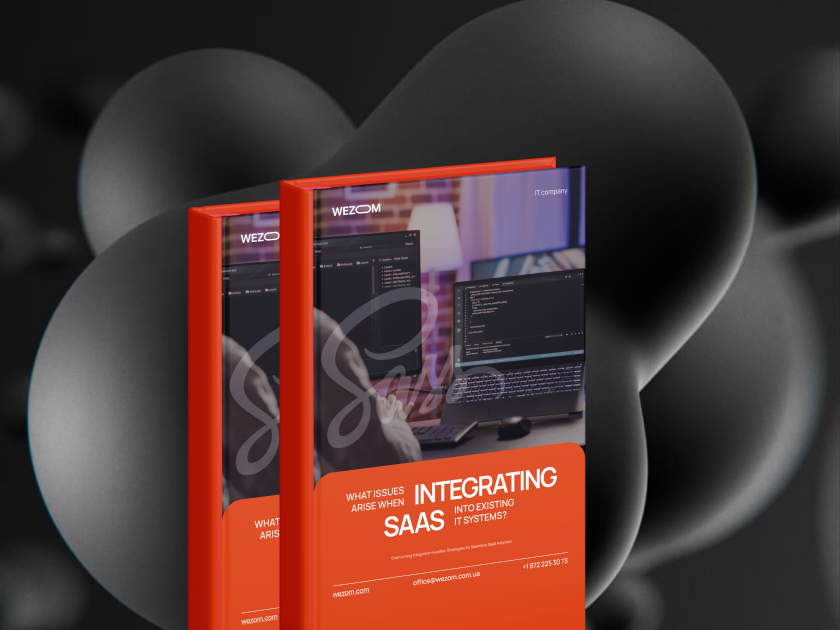One of the leading software in the car transporter vehicle transportation niche is a SuperDispatch startup, However, it has several disadvantages for the end users, including a quite high cost of a subscription and UI redundancy.
Would you like to learn from this example how we implemented a SaaS TMS software? Read about it in detail below.
Who Is Our Client?
Our client is EASYLOAD LLC, a truck dispatching company based in Nashville, Chicago. This company has been operating in the US market since 2003 and can boast highly professional drivers and a well-established cargo delivery process. EASYLOAD LLC specializes in flatbed, staged, oversized, and refrigerated cargo and is responsible for coordinating its transportation between destinations.
In addition, the company consolidates trucking orders so that trailers are filled before they leave for their destination. When there is a special load that requires special handling or safety protocols, EASYLOAD LLC ensures that the driver handling that load is certified and properly trained to do the job properly.
The company has in its staff a sufficient number of employees and vehicles to decide to automate internal workflows. In addition, the company began to look for new prospects for its growth. That is why its owners set out to launch their own SaaS TMS solution that would be able to compete with the already popular SuperDispatch service and other solutions for logistics but be simpler, convenient, and have a lower cost per subscription.
What Was the Client's Task?
The client contacted us to create a SaaS system, which includes mobile applications for track drivers, a management system, and an administrative part for project monetization, relying on our expertise in SaaS product development services and proven logistics software development services. The resulting solution had to cover the maximum number of functions tailored to the specific requirements of the cargo transportation niche and be extremely simple to understand to compete with existing analogues on the market.
What Technologies Were Used in the Development?
After collecting the requirements and preliminary design, we have chosen the following technological stack for the implementation of the SaaS system:
for backend:
- PHP/Laravel (for quick and easy project scaling)
- PostgreSQL
- Redis
for frontend:
- React (allows developers to create a SPAs so that the final solution dynamically changes the content of the page without reloading it)
- Redux (a technology that provides convenient work with each individual component — blocks, buttons, tables, etc., update their state in time, and download data via API)
- Ant Design (UI framework that contains many ready-made components and provides visualization tools for customizing them)
- Typescript (a programming language that, compared to Javascript, is strongly typed, which allows developers to create more stable web applications)
- REST API (technology for exchanging data with the backend, which ensures that only the necessary data is retrieved for a specific request)
- Google Maps (flexible mapping technology)
- Websocket (a technology for instant two-way communication between a browser and a server, which in this particular case was used to send messages from the server to the browser)
The selected technology stack helped our team quickly implement the project and make it as cost-effective as possible.

What Work Approach Did We Use?
Because several time zones separated us from the client, to establish our interaction, we had to choose the optimal time for calls. We agreed to carry out this procedure in the evening hours. To organize this communication in the most effective way, we have chosen Scrum.

Also, Scrum helped us prevent delays in the launch of the product, primarily due to changes and additions during its development. The usefulness of this approach was confirmed in practice: during the work on the project, we had to expand the list of specifications several times (for example, the client asked us to add another role, broker, after we started writing the program code).
To develop a user-friendly and intuitive design, we focused on the simplicity of UX. This helped us to create a recognizable product.
What Have We Developed?
The result of our work was a customizable SaaS TMS for logistics companies that provided end-to-end automation of the vehicle transportation life cycle from origin to destination, supported by effective SaaS monetization solutions to ensure sustainable revenue growth. In particular, we automated such tasks as receiving and managing an order from a broker, transferring information about an order to a driver, as well as tracking the status of an order and the status of a driver during the order execution with the ability to monitor the entire transportation cycle from the acceptance of cargo to its delivery and indicating the presence of its possible damage. Also, as it was originally intended, we implemented an administrator's panel.

What Problem Did Our Team Face?
During the development process, we encountered several problems at once. The first problem was to achieve a thorough understanding of the business processes that the client’s company performs and choose the best ways to automate them. We also needed to implement complex dependencies to ensure the interaction of various roles and processes (drivers and dispatchers, cargo, orders, etc.). We managed to do this through the creation of mindmaps and use cases.
What Did We Get as a Result?
The client received a product that not only allowed to optimize internal business processes, but also to offer other logistics services the digitalization of their workflows through a simple and intuitive interface. At the same time, the cost of using this digital solution turned out to be twice lower than the market average. The return on investment took a year.

